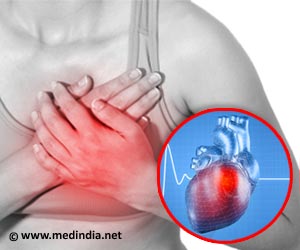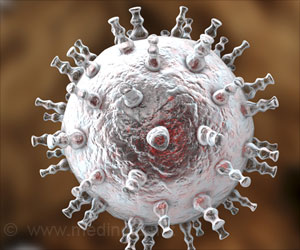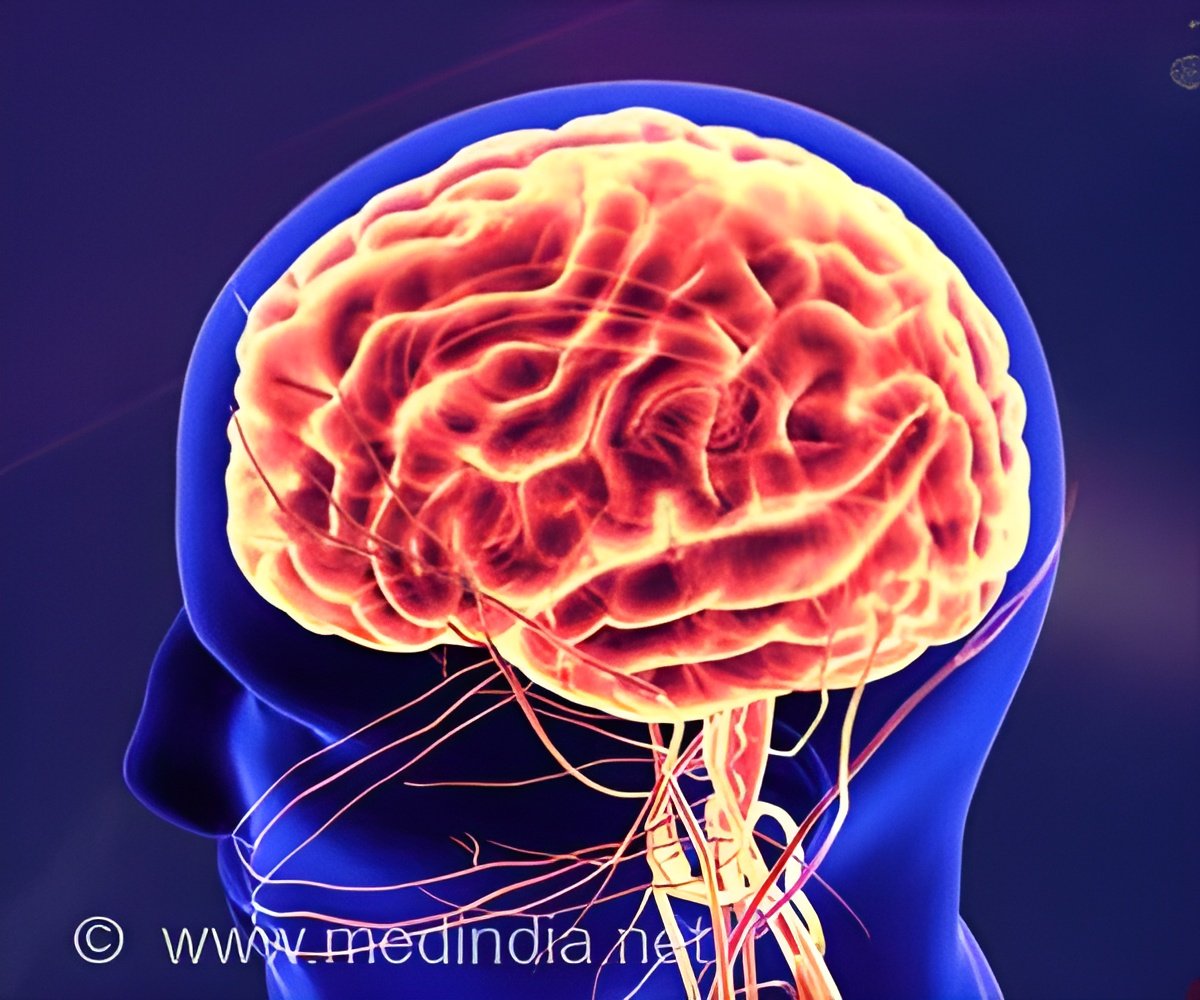-
Injectable nanoparticle solution forms a temporary heart stimulator to correct arrhythmias - Can be powered by mobile devices for up to five days in emergencies
- Biodegradable, eliminating the need for surgical removal
Injectable heart stimulator designed for use in emergency situations have been developed by researchers from Lund University. This innovative device could prove invaluable in settings where conventional treatments like defibrillators or pacemakers are inaccessible, such as in war zones, remote locations, or during emergencies when surgery is not feasible (1✔ ✔Trusted Source
In situ assembly of an injectable cardiac stimulator
).
Advertisement
Injectable Nanoparticle Solution for Arrhythmia
Arrhythmia is a condition characterized by irregularities in the heart’s electrical signals, leading to abnormal heart rhythms either too fast, too slow, or erratic. While arrhythmia is often managed with medication, more severe cases require the use of electrical interventions, such as defibrillators or surgically implanted pacemakers. However, these interventions are not always readily available, particularly in challenging environments.
To address this issue, the research team, led by Professor Roger Olsson of Lund University, has developed an injectable solution containing nanoparticles. These nanoparticles, incredibly small in size, can be administered using a needle thinner than a human hair. Once injected around the heart, the nanoparticles self-assemble into a structure known as a polymer. This polymer forms an electrode that integrates seamlessly with the heart tissue, enabling the regulation of heartbeats and the correction of arrhythmia.
Advertisement
Temporary Heart Stimulation via Mobile Devices
One of the most remarkable features of this injectable stimulator is its ability to function with minimal power, which can be supplied by everyday mobile devices. According to Umut Aydemir, a doctoral student and first author of the study, “If you connect a mobile phone to the injection site near the heart, you can temporarily stimulate the heart’s rhythm for up to five days.” This system relies on a simple cable connected to the skin at the injection site, allowing the mobile phone to transmit electrical charges to the implanted electrode.
The research team is now working on developing an app that would allow users to control the heart’s rhythm via their phones, offering a temporary solution until the patient can reach a hospital for more comprehensive care.
Advertisement
Future Prospects of the Device and Minimally Invasive Nature
The experimental studies conducted so far have been on small animals, including zebrafish and chicken embryos, in accordance with the 3R principle to minimize animal testing in mammals. With the concept now optimized and showing promising results, the next phase involves testing on larger animals, such as pigs, to pave the way for human applications.
“The method is minimally invasive,” explains Martin Hjort, Associate Researcher in Chemical Biology and Therapeutics at Lund University. “Moreover, the heart stimulator spontaneously degrades and is excreted from the body after treatment, eliminating the need for surgical removal.”
As the research advances, the potential of this injectable heart stimulator to transform emergency cardiac care becomes increasingly apparent. The innovative combination of nanotechnology and mobile integration could one day offer a life-saving solution in situations where conventional methods fall short. The study’s findings have been published in the journal Nature Communications, marking a significant step toward revolutionizing how we respond to cardiac emergencies.
Reference:
- In situ assembly of an injectable cardiac stimulator – (https://www.nature.com/articles/s41467-024-51111-4)
Source-Medindia



